In response to COVID homeless crisis, MTA bans wheeled carts and enacts one-hour subway limit
READ MORE
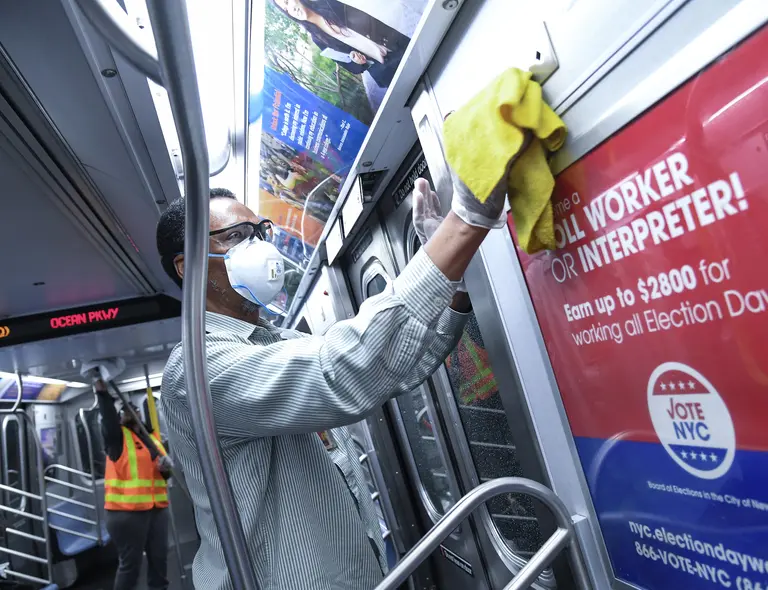
Photo by Marc A. Hermann/MTA New York City Transit via MTA/Flickr
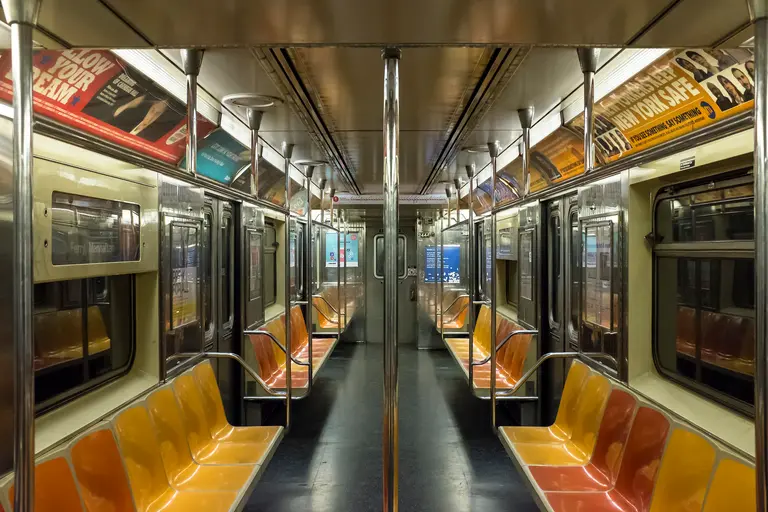
Photo by Billie Grace Ward on Flickr

Photo credit: Billie Grace Ward via Flickr

Photo by Marc A. Hermann / MTA New York City Transit, Flickr cc
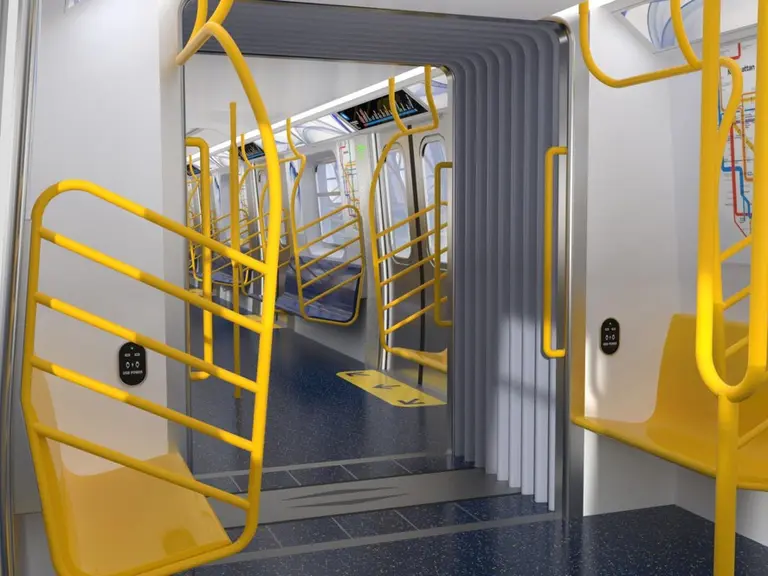
Images courtesy of MTA/Flickr
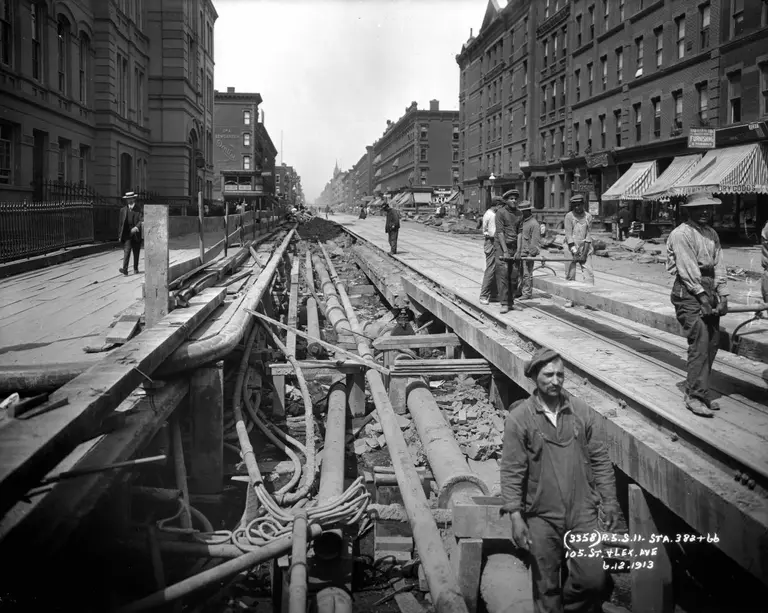
Lexington Avenue, between 105th and 106th Streets, Manhattan, 1913. Photograph by Pierre P. Pullis, Lundin Collection, Courtesy of the New York Transit Museum

The final run of the R42 trains on the A line near Hammels Wye in the Rockaways on February 12, 2020. Photo by Marc A. Hermann / MTA New York City Transit
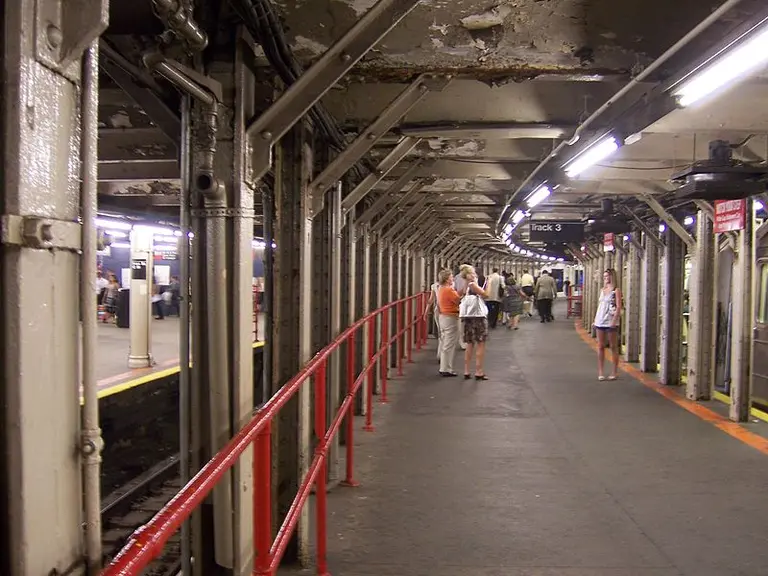
The Times Square shuttle platform, Photo by Helvetica Fanatic on Wikimedia
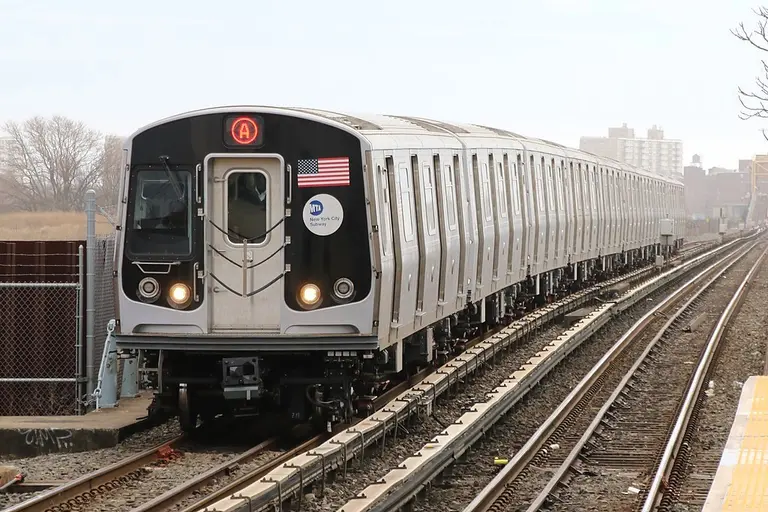
A R179 A train at Broad Channel; Photo by Mtattrain on Wikimedia
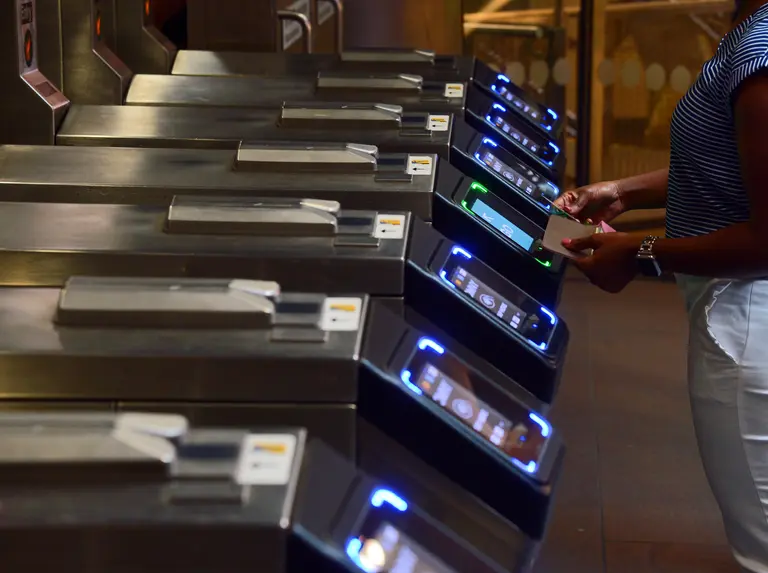
Photo: Marc A. Hermann / MTA New York City Transit / Flickr
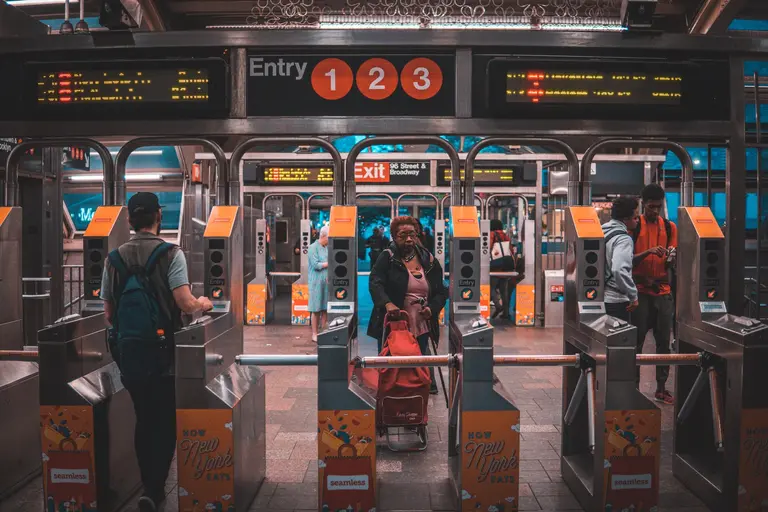
Photo by Asael Peña on Unsplash
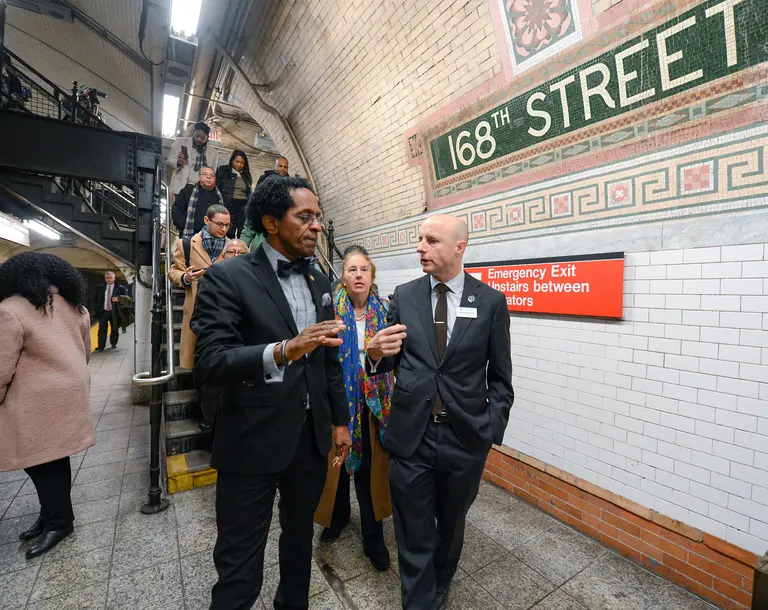
MTA New York City Transit President Andy Byford at the 168 St Station on Monday, December 23, 2019, along with Manhattan Borough President Gale Brewer and Assemblymember Al Taylor. Photo: Marc A. Hermann / MTA New York City Transit
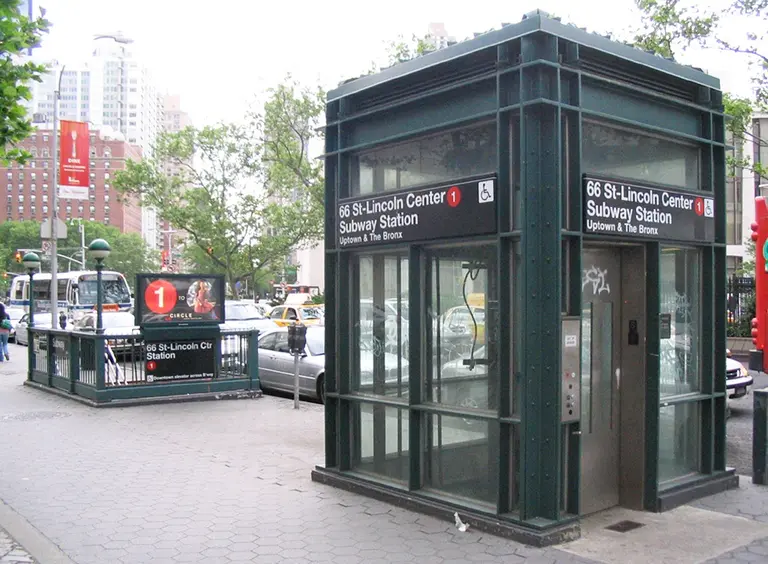
Photo via Wikimedia Commons
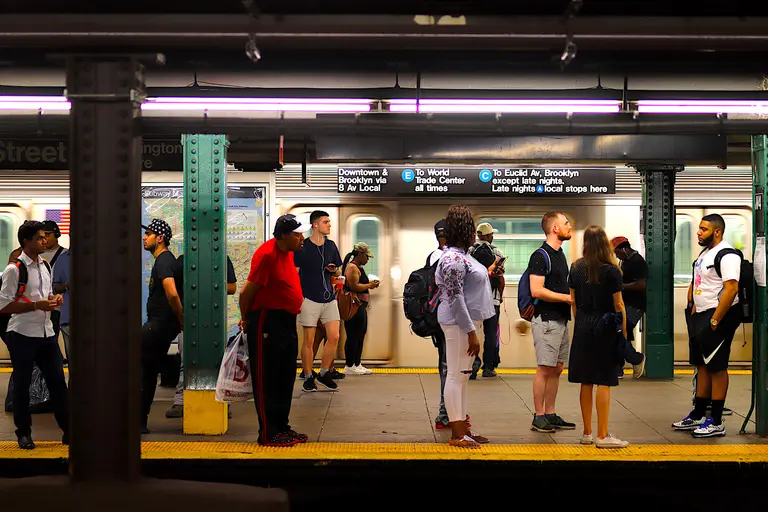
Photo by rhythmicdiaspora via Flickr cc

Photo by rhythmicdiaspora via Flickr

Photo: Marc A. Hermann / MTA New York City Transit / Flickr
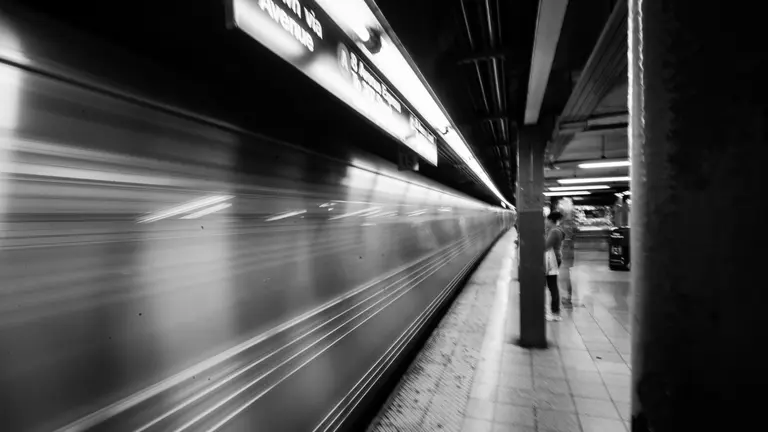
Photo by Ed Schipul / Flickr cc
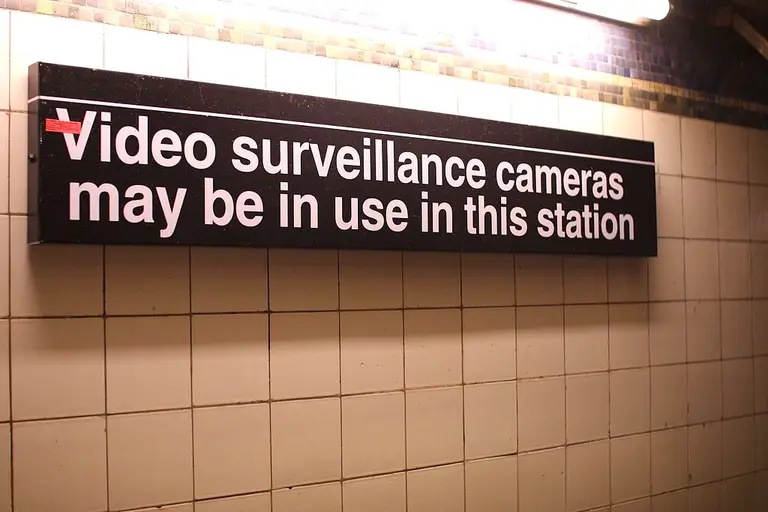
Photo by arvind grover on Flickr
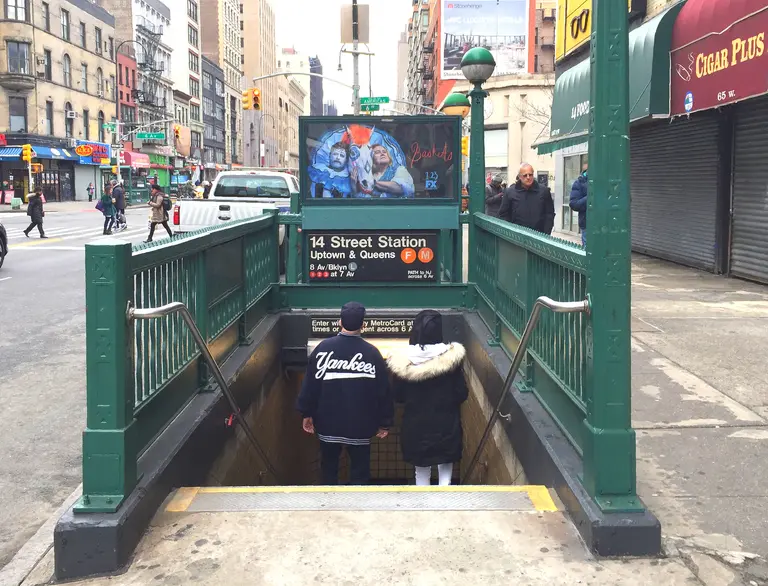
Photo via Carl Mikoy / Flickr cc
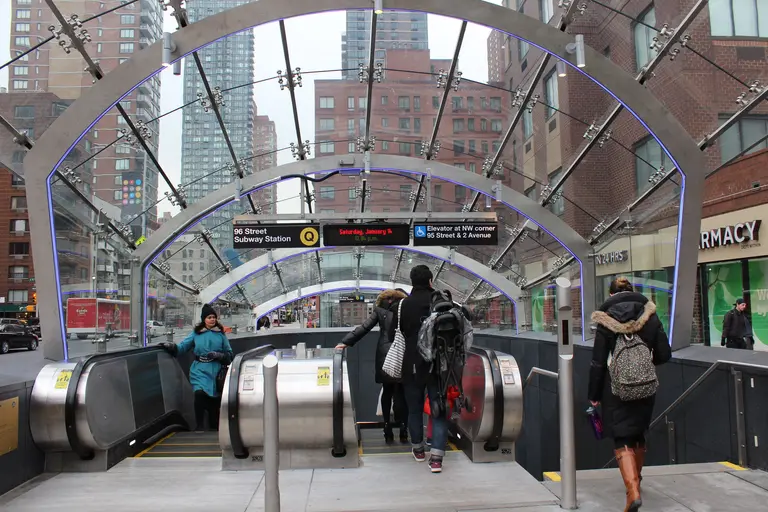
Photo by Shinya Suzuki on Flickr cc

Image via Wikimedia cc.
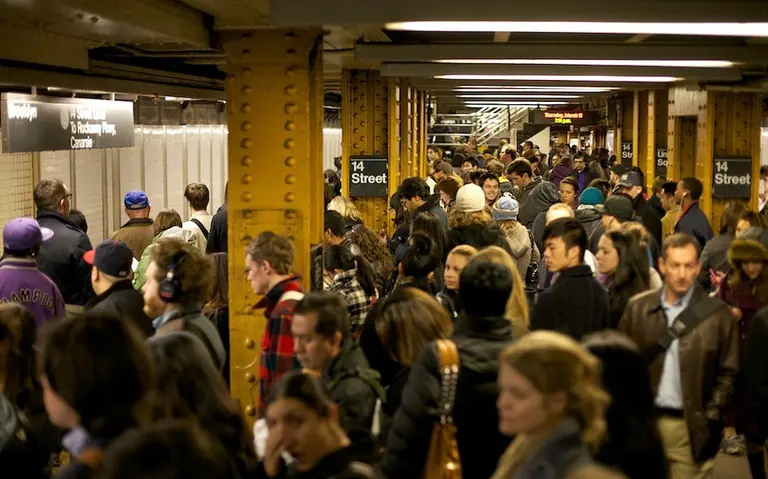
Photo by Dan Phiffer on Flickr